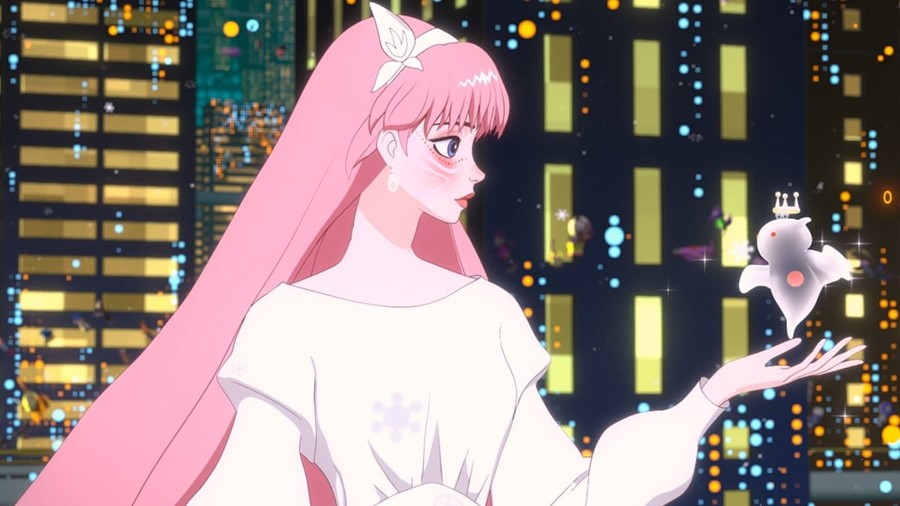The Japanese director’s retelling of the Beauty and the Beast myth is a radical updating of the original story’s themes of transformation, writes Alex Denney
When did we stop believing in social media’s potential to be a force for good in the world? Once upon a time, we marvelled at big tech’s power to connect people and even – no sniggering at the back – resist tyranny. Now, tech bosses ban their kids from using it and newspapers run columns suggesting, apparently in earnest, that we shut down these so-called “bad feelings machines” completely. As a man whose own teenage years predate TikTok, Twitter or even Myspace, I might even be inclined to agree.
And therein lies a problem – most of the stories we tell about social media are told by people old enough to remember a world without it. For these conflicted older generations, social media anxiety is reflected in the likes of Black Mirror, Ingrid Goes West, A Simple Favor and Bo Burnham’s lockdown Netflix special Inside – basically a nervous breakdown set to music. More recently, there’s been a subgenre of social media cinema which I like to call ‘Won’t Someone Please Think of the Children?’, with animated comedy Rons Gone Wrong and – that man again – Bo Burnham’s Eighth Grade casting an apprehensive eye on the effects of social media use on impressionable young minds.
Into that category falls Belle, an ambitious retelling of the Beauty and the Beast myth made by a Gen Xer, celebrated anime director Mamoru Hosoda. And yet it’s largely untethered to the sort of free-floating angst that stalks other entries in the genre. Hosoda’s film tells the story of a young teenage girl, Suzu, who has become withdrawn after the death of her mother, only to rediscover her voice through a social media portal that allows people to inhabit avatars revealing their “inner strengths”. Quickly, she becomes the biggest celebrity on the app, called U, but rumours start to fly when she encounters Dragon, an elusive creature whose hostility to observed social norms on the platform make him a target of derision.
As a teenager only just beginning to overcome her own feelings of isolation, Suzu – as her avatar, Belle – is drawn to try and understand this brooding stranger. To do so, she must risk the judgment of her peers, and Hosoda gives us scenes that remind us of social media’s dark potential as a kind of engine for social mortification. When amateur sleuths on U try to establish the Dragon’s real identity, innocent bystanders get caught up in the witch-hunt, and Belle herself is threatened with being unmasked for her involvement with this transgressive figure (in U, the worst thing that can happen is to be “unveiled” as your true self). But what’s striking in Hosoda’s vision – U’s teeming metaverse was conceived in collaboration with a London architect – is that it’s the platform itself that allows these young people to heal, and find kindred spirits among themselves. That alone makes Belle unique, and a radical updating of the original myth’s themes of transformation.
Before long, it will be Gen Z’s turn to make films reflecting the generational shift of a life lived digitally. Who knows what kinds of stories they’ll tell, but until then we should be grateful for Belle as an honest attempt to give a teen’s-eye view of the metaverse.
Belle is in cinemas now.
